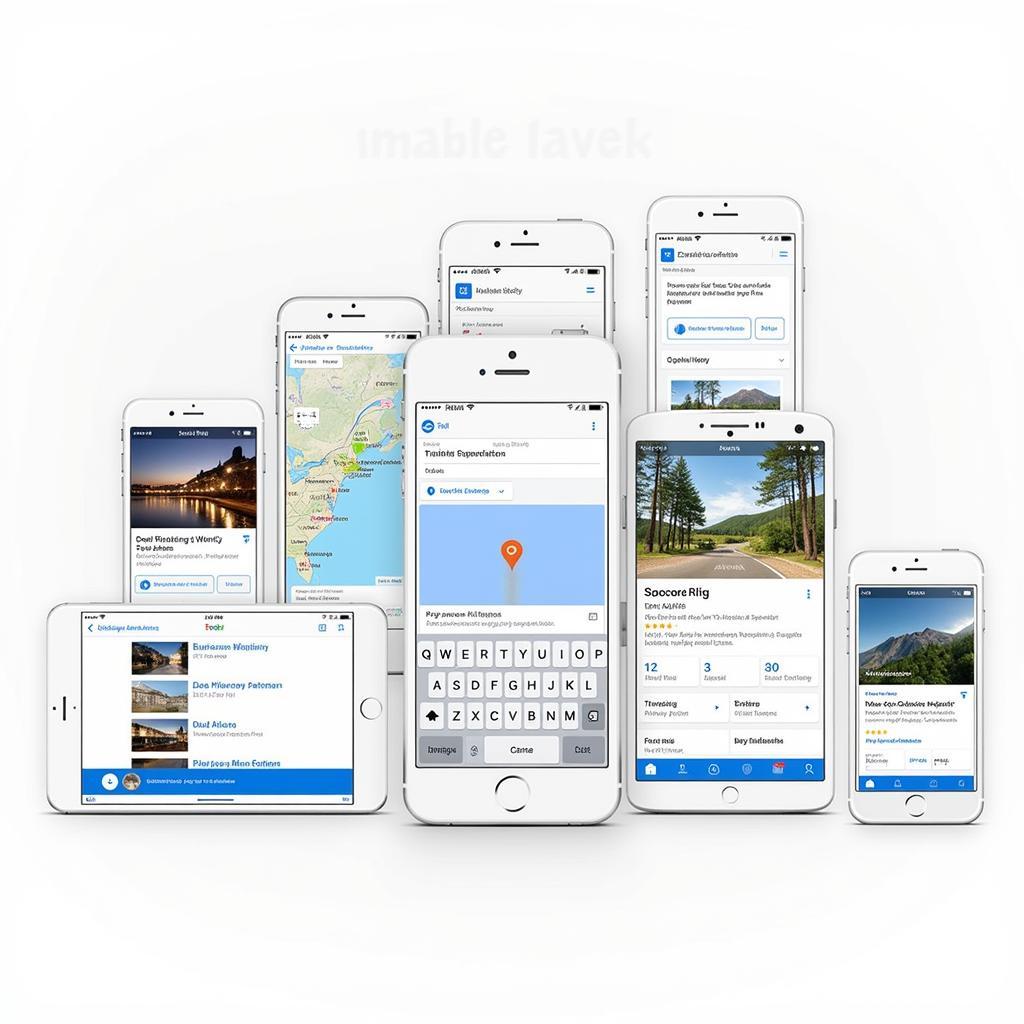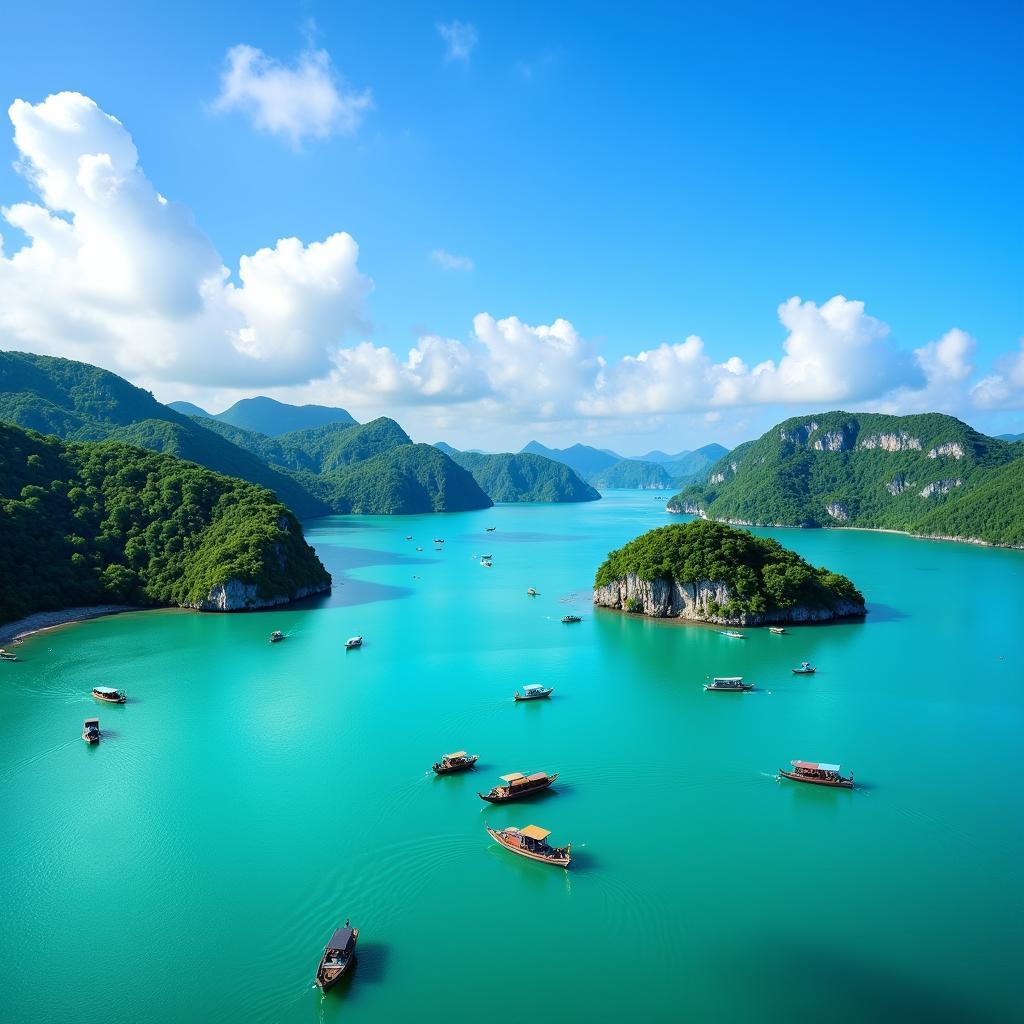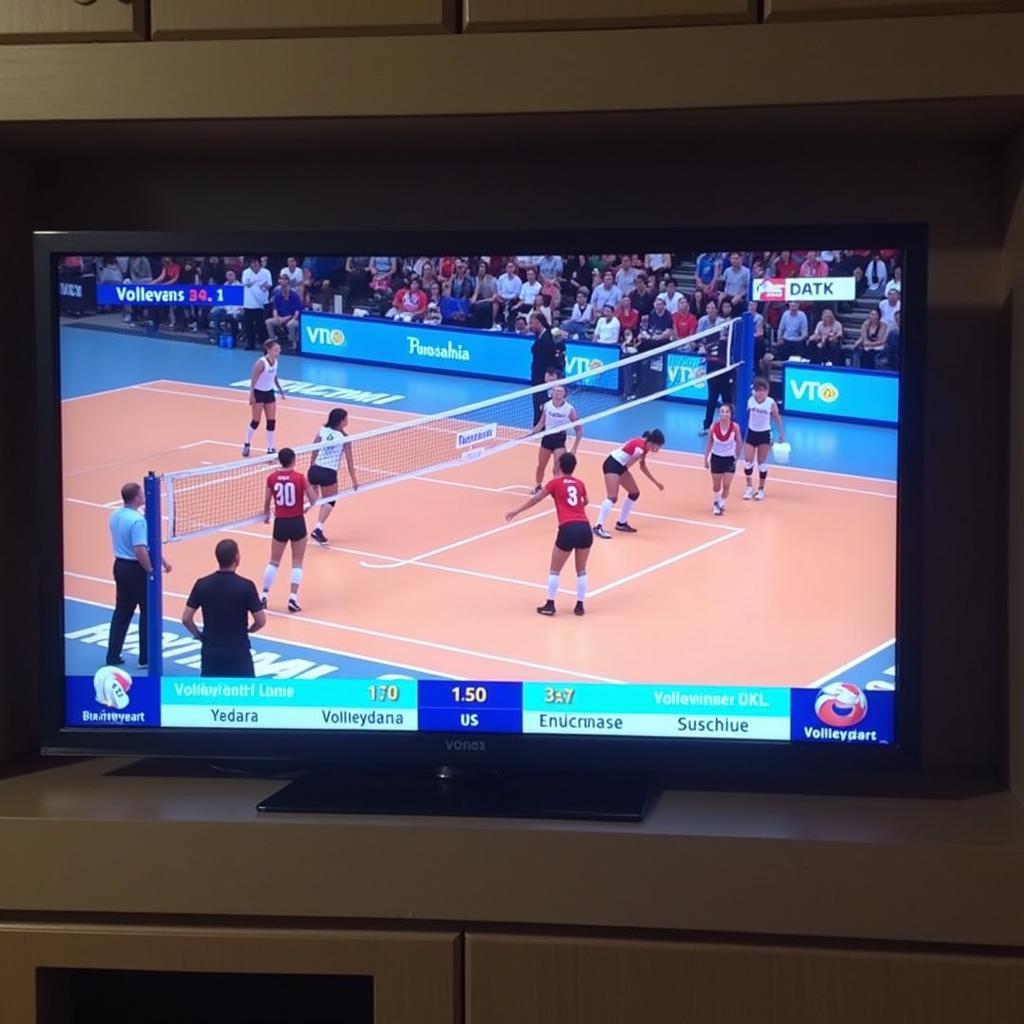Planning a trip? Crafting a travel itinerary in English is key, whether it’s for visa applications, sharing with travel buddies, or simply keeping yourself organized. This guide will show you how to create a detailed and effective travel plan. Let’s dive in!
Understanding Your Itinerary Needs
Before putting pen to paper (or fingers to keyboard), consider the purpose of your itinerary. Is it for a visa application, requiring strict formatting and documentation? Is it for personal use, allowing for flexibility and spontaneity? Or perhaps it’s for sharing with friends, requiring clarity and conciseness? Knowing your audience and objective will shape your approach to writing. For example, a visa application might require detailed proof of accommodation and travel bookings, while a personal itinerary might simply list preferred activities and restaurants.
Planning a day trip can be just as fulfilling. Check out the schedule for the lịch tàu cánh ngầm đi vũng tàu.
Essential Elements of a Travel Itinerary
A well-structured itinerary includes key details to make your trip smooth and enjoyable. Start with your destination, travel dates, and basic contact information. Then, break down each day into manageable chunks.
Structuring Your Daily Plan
- Date and Day: Clearly label each day of your trip.
- Transportation: Specify flight numbers, train times, or bus routes. Include booking confirmation numbers if applicable.
- Accommodation: List hotel names, addresses, and contact details.
- Activities: Outline planned activities, including times, locations, and any necessary booking information. Consider adding estimated durations for each activity.
- Meals: Note down restaurants you plan to visit or meal preferences for each day.
- Budget: Allocate a daily budget for expenses like meals, activities, and souvenirs.
Sample Daily Entry
July 10th, Tuesday (London)
- Morning: Arrive at Heathrow Airport (LHR) at 8:00 AM. Take the Heathrow Express to Paddington Station. Check in to The Park Grand London Paddington.
- Afternoon: Explore Hyde Park, followed by a visit to the British Museum.
- Evening: Dinner at The Gilbert Scott.
Remember, flexibility is key. While a detailed itinerary is helpful, leave room for spontaneous adventures.
 Travel Itinerary Template in English
Travel Itinerary Template in English
Writing Your Itinerary in English
Now that you have the structure, let’s focus on the language. Clear, concise language is crucial for effective communication.
Vocabulary and Grammar
- Use specific and descriptive language. Instead of “visit a museum,” specify which museum.
- Use action verbs to describe your activities (e.g., explore, visit, discover).
- Employ appropriate tenses. Use future tense for planned activities and past tense for completed ones.
- Keep sentences short and to the point for easy readability.
Tips for Writing a Compelling Itinerary
- Use bullet points and numbered lists for clarity.
- Include important contact information.
- Add notes or tips about specific locations or activities.
- Use a consistent format throughout.
- Proofread carefully for any errors.
Travel itineraries should not only be informative but also reflect your personal travel style. Check out information on bộ quy tắc ứng xử trong du lịch to ensure a respectful and enriching travel experience.
 Writing a Travel Itinerary in English for Visa Application
Writing a Travel Itinerary in English for Visa Application
Example Itinerary Snippet
Day 3: Exploring Rome
- 9:00 AM: Colosseum and Roman Forum tour (pre-booked with Viator).
- 12:00 PM: Lunch at a traditional trattoria near the Pantheon.
- 2:00 PM: Visit the Pantheon and throw a coin in the Trevi Fountain.
- Evening: Enjoy authentic Roman pasta at Armando al Pantheon.
Jane Doe, a seasoned travel blogger, emphasizes the importance of detail: “A well-written itinerary is like having a personal travel assistant. The more detail you include, the smoother your trip will be.”
Conclusion
Writing a travel itinerary in English is essential for organized and enjoyable travel. By following these tips, you can create a detailed plan that ensures you make the most of your trip. A well-crafted itinerary is not only practical but also a valuable keepsake to cherish your travel memories. Remember to finalize your travel arrangements, including checking the lịch bay hải phòng nha trang if that’s part of your journey.
FAQ
- What is the purpose of a travel itinerary?
- What are the key elements of a travel itinerary?
- How do I write my itinerary in clear English?
- Should my itinerary be flexible?
- Can I include personal notes in my itinerary?
- What tools can I use to create a travel itinerary?
- How detailed should my itinerary be?
Situations where a travel itinerary is useful
- Applying for a visa
- Sharing travel plans with friends and family
- Staying organized while traveling
- Budgeting for your trip
- Remembering details of your trip after it’s over
Other related articles
You might also be interested in reading about du lịch đô thị or checking the lịch thi đấu liên quân hôm nay if you are a fan of esports.
 Travel Itinerary Apps
Travel Itinerary Apps
For further assistance, please contact us at Phone Number: 02033846556, Email: [email protected] or visit our address: 178 Ba Lan, Giếng Đáy, Hạ Long, Quảng Ninh, Vietnam. We have a 24/7 customer support team ready to assist you.



